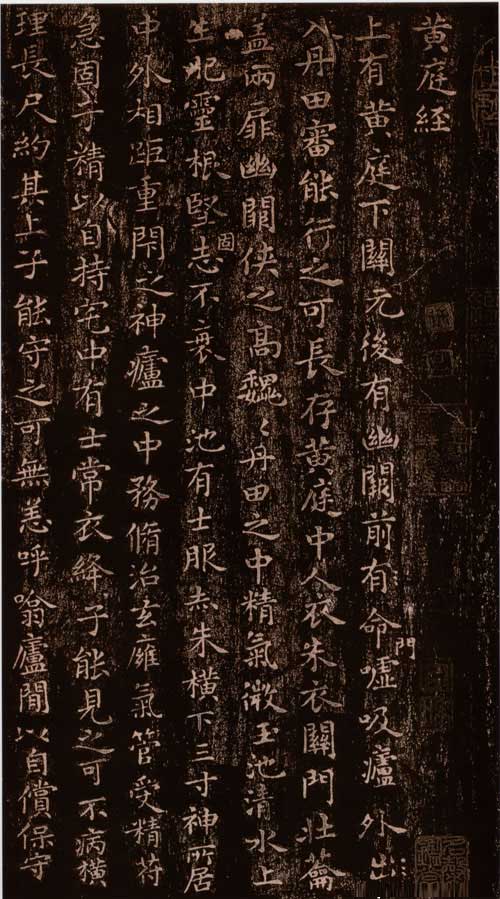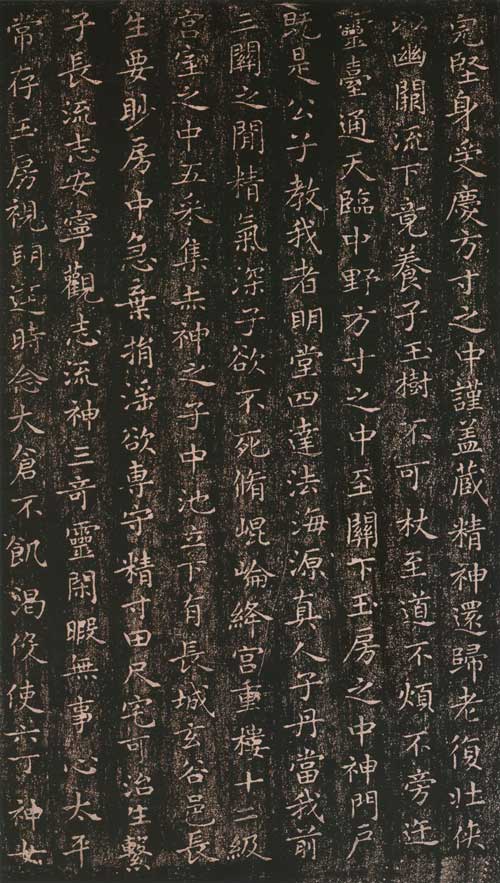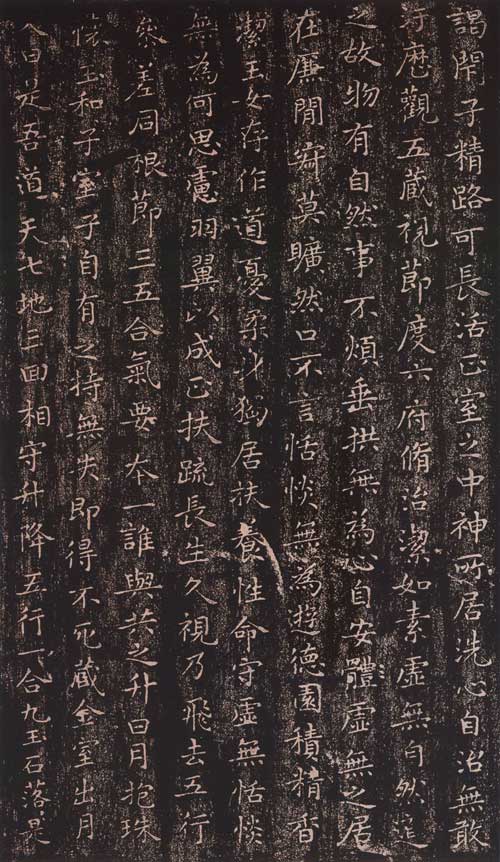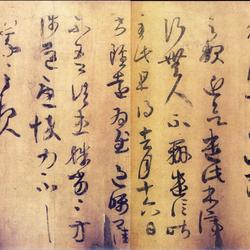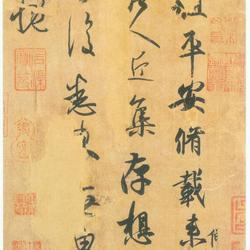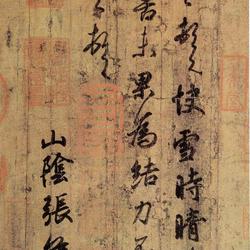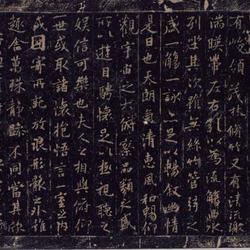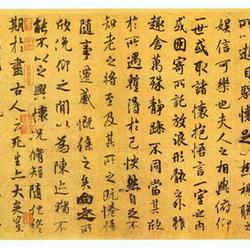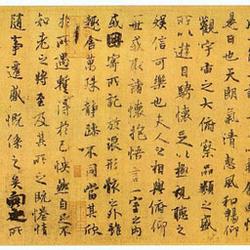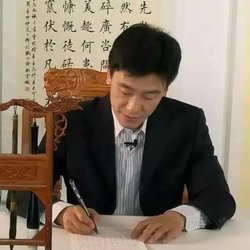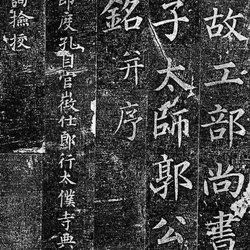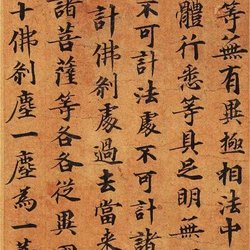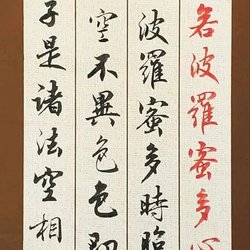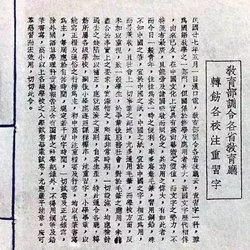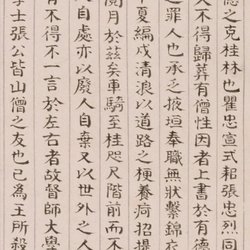"Huang Ting Jing", written by Wang Xizhi, in regular script, one hundred lines. It was originally written on yellow silk. It was imitated and engraved on stone in the Song Dynasty, and rubbings have been circulated. The method of this post is extremely strict, and its spirit is also relaxed, with a beautiful and cheerful attitude. There is a legend about the Huangting Sutra: There was a Taoist priest in Shanyin who wanted to obtain Wang Xizhi's calligraphy. Knowing that Wang Xizhi loved geese, he specially prepared a cage of fat and big white geese as a reward for writing the sutra. Wang Xizhi saw that the goose happily wrote scriptures for the Taoist priest for a long time, and happily "caged the goose and returned". The original text is contained in the "Lun Shu Biao" of the Southern Dynasties. The article states that Wang Xizhi wrote the "Dao" and "De" classics. Later, due to repeated transmission, it became the "Huang Ting Jing".
Therefore, "Huang Ting Jing" is also commonly known as "Huang Ge Tie". It has no inscription and is signed "May of the twelfth year of Yonghe (356)." What is left now is only a copy of it by later generations.
"Huang Ting Jing" has been handed down by many famous writers, such as Zhiyong, Ouyang Xun, Yu Shinan, Chu Suiliang, Zhao Mengfu, etc. They all explored the method of Wang's book and got beautiful inspiration from it. However, some people think that the writing style of "Huang Ting Jing" in small regular script is not similar to that of Wang Xizhi, so there is also a distinction between authenticity and authenticity.
Reminder:
Sun Guoting of the Tang Dynasty: "Huang Ting Jing" states that Yi Yi is nothing. ("Book Book")
Wang Shu of the Qing Dynasty: It is clear and gentle, just like dancing cranes flying in the sky, immortals roaring at the trees, and never leaving the path of brush and ink. This is a little dignified in the flow and beauty.
Liang Qing, Qing Dynasty: A native of Linjin, small regular script, with a square and tight structure. In "Huang Ting", avoid losing weight and being weak. ("Pingshu Tie")
Liang Xian, Qing Dynasty: Youjun's "Huang Ting" originally had the words "general, spirit, root, jian, solid" left behind, but was added to the side. The writing style is free and round, making it an excellent edition. ("Pingshu Tie")
Bao Shichen of the Qing Dynasty: "Huang Ting" engraved in the secret pavilion and "Painting Praise" engraved in the Southern Tang Dynasty. At a glance, one can only see that they are full of energy and graceful momentum. Word by word and painting, considering the modern style, they are almost indistinguishable. Why word. Because of his amazing brushwork, he can make the dots ripple in the sky, making them interesting. ("Art Boat Shuangji")
